… but how about worm charmers?
On the Florida panhandle in a corner of the Apalachicola National Forest, Gary and Audrey Revell carry on a generations-old ritual they call worm grunting. Or worm charming. Or worm fiddling. Or worm calling. How about worm snoring? Whatever you call it, it’s a method of creating vibrations in the soil that mimic the sounds of moles, earthworm predators, and send the earthworms wriggling to the surface to escape … right into the hands of the grunters. And apparently, it works; Gary and Audrey have collected enough earthworms to reach the moon and back!
Gary uses a thin piece of metal rubbed against a wooden stake (creating an eerie “grunting” sound) while Audrey scoops up the bounty, but there are many methods to this particular madness. Some worm charmers simply sprinkle the earth with water, tea, or beer; some use a pitchfork; some tap dance; some saw a tree; and some even use knitting needles to lure the worms. (Do I hear a new Merit Badge coming on?) At England’s World Worm Charming Championships, 10-year-old Sophie Smith set the Guinness World Record for most worms charmed in 30 minutes (567) by simply sticking a fork into the ground and wiggling it around while hitting it with a stick.
On a typical early-morning forest outing, Gary and Audrey will gather 3,000-4,000 worms. What do they do with all those worms? They sell them for fishing bait at $35 for a bucket of 50 worms. Do the math. It might just inspire a little grunting, fiddling, charming, calling, snoring, or even tap dancing!














































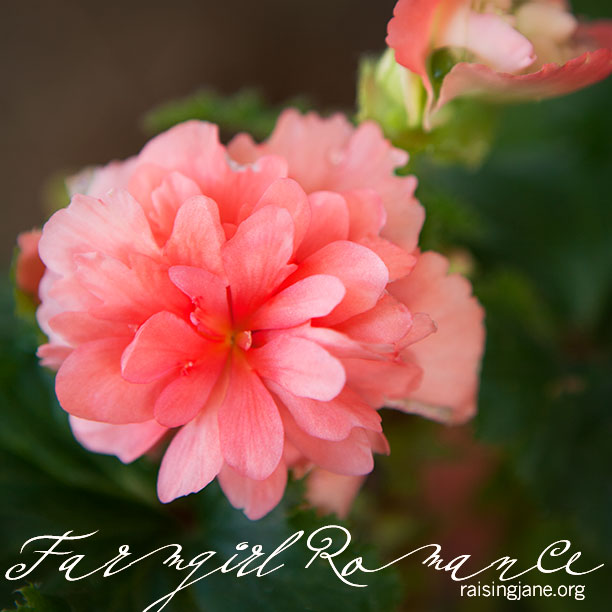

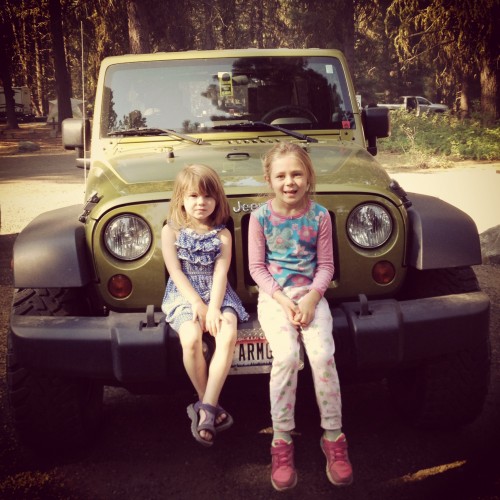
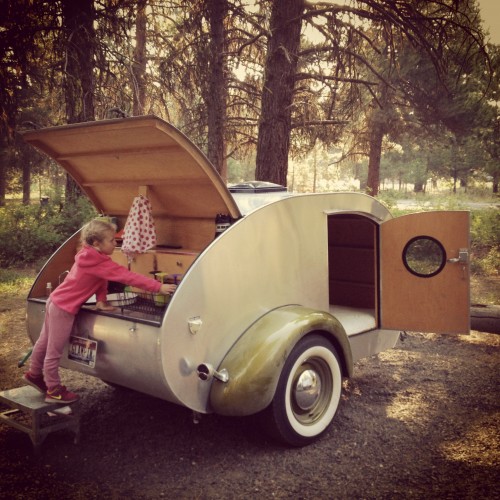





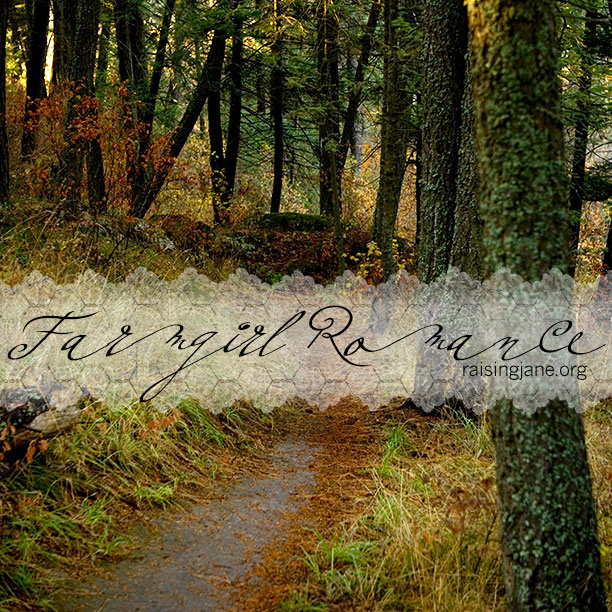

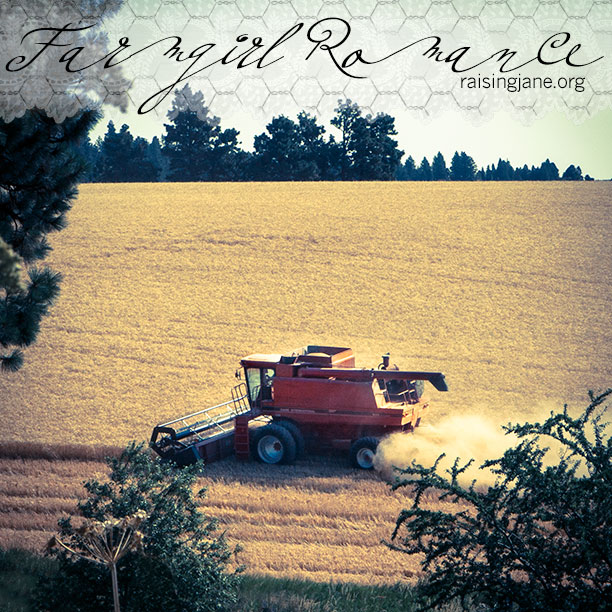

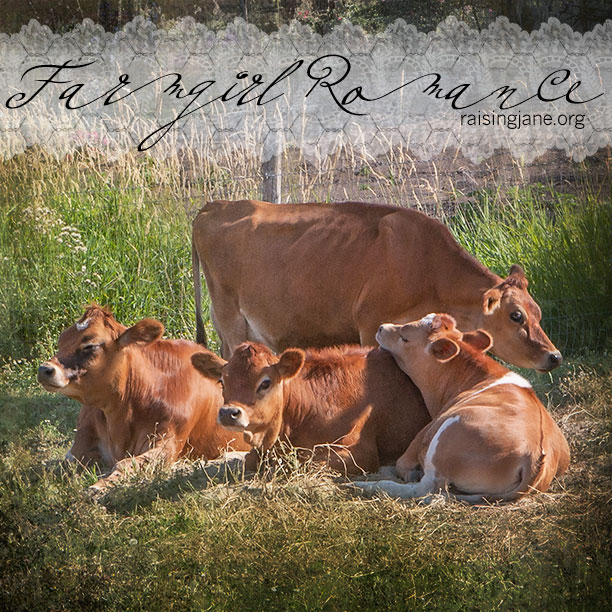

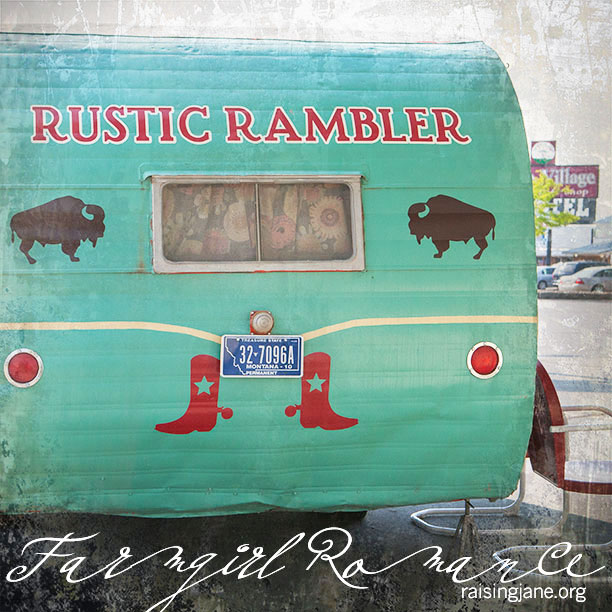








I’d rather the earthworms were in the ground, helping to enrich the soil. Each to their own, I suppose.
This is new to me and I have lived here since 1973! Fascinating! Yes, fishing is a huge industry down here in the rivers and along the coast. I bet they have a nice business selling worms. The only issue I see about having to go into those florida woods like where they are in this video is this: no see-ums, ticks, mosquitoes by the gazillions, copperheads, and lots of rattlesnakes. Our woods are not exactly friendly for people.
Ye Gads! All I have to do is use the weed wacker or my little hedge trimmer and they come out in droves. Even the push lawn mower does it. I think my New England yard is a haven for the juicy wriggly things! I can only vacate the spot and move on till they slither back in. Hopefully they are doing a great job turning our gravel yard into viable soil!
Yes, Mary Jane, I know all about worm grunting. My grandparents ran a hunting and fishing lodge in Sopchoppy Florida (called Breakaway Lodge) for many years, and my dad had to do his share of worm grunting to get bait for all of the fishing guests at the Lodge. He showed us how to do it and if I recall correctly, he used a wooden stake in the ground and a brick to rub across it. As the video says, there are many ways to call up worms and it is very effective. We have bought bait at the Revell’s place many times in the later years after my grandmother died and the Lodge was closed. That brought back great memories for me, so thanks for sharing it.